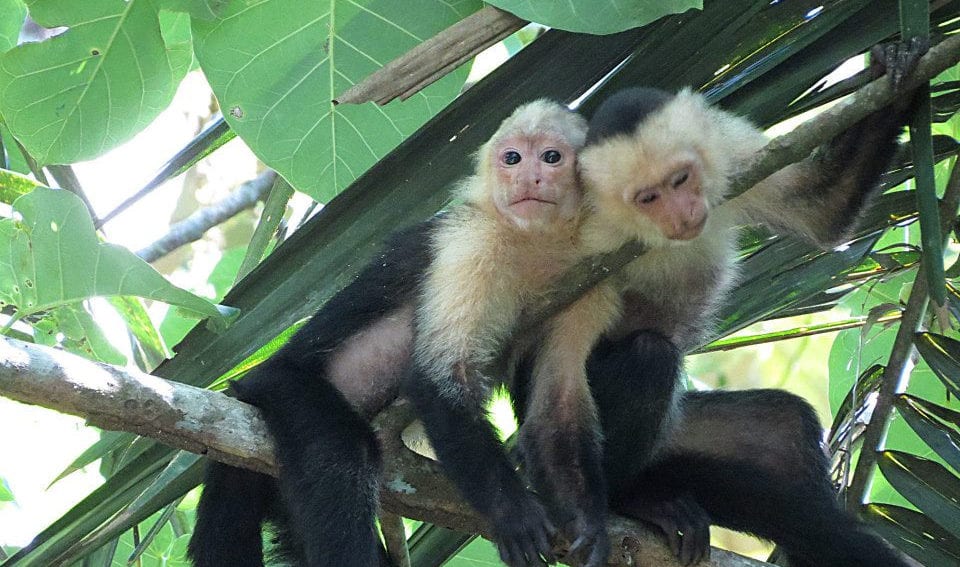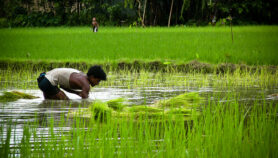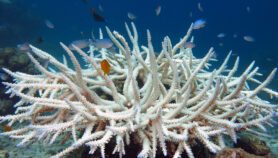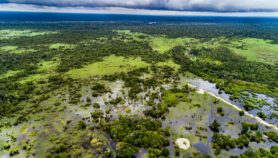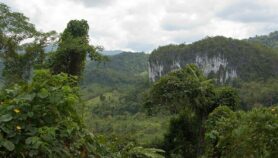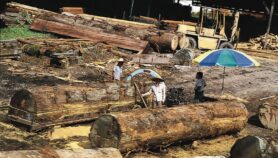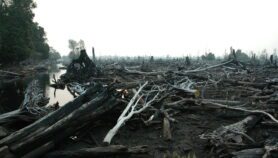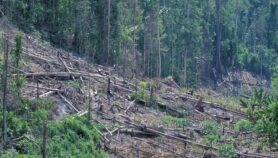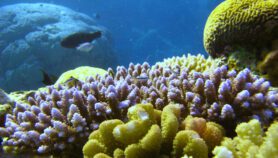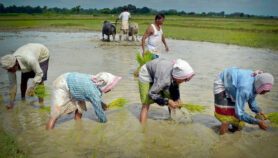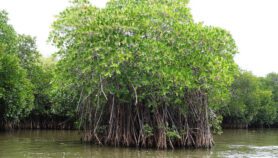By: Melissa Gómez
Send to a friend
The details you provide on this page will not be used to send unsolicited email, and will not be sold to a 3rd party. See privacy policy.
[CARTAGO, COSTA RICA] Conserving wildlife reduces poverty in nearby areas according to evidence from Bolivia, Costa Rica and Thailand — but how it does that has puzzled scientists.
Now a study has shed some light on the matter. It looked at Costa Rican communities whose welfare rose after protected areas were set up nearby has now disentangled the contributions made by various poverty reduction mechanisms. It found that tourism and recreation were the main drivers of the change, and that ecosystem services and infrastructure improvements did not play as a big a role.
This finding will allow the design of better policies that can bring about environmental and social improvements, the study says.
A previous study had found that the creation of protected areas in Costa Rica before 1980 led to a 16 per cent fall in poverty by 2000, according to the paper published last month (24 February) in the Proceedings of the National Academy of Sciences.
Paul Ferraro, an economist from Georgia State University, United States, who is co-author of the study, tells SciDev.Net: “We compare the changes in poverty between communities that live near protected areas to similar communities that do not live near protected areas. These communities were similar in terms of their poverty and potential for economic growth before the protected areas were established.”
Merlin Hanauer, the study’s other author, and an economist at Sonoma State University, United States, says: “We were able to quantify the proportion of the total effect of protected areas on poverty that is due to ecotourism, infrastructure and ecosystem services.”
Their analysis indicates that over two-thirds of that reduction is due to tourism generated by protected areas. But protected areas had little net effect on poverty through the development of infrastructure such as roads, schools and health centres, and ecosystem services such as water supply or pollination, it found.
“The concepts and methods in our study can be of great benefit to other countries, and conservation practitioners in general,” Hanauer says. “Our study highlights the data and methodology necessary to more fully understand the impacts of protected areas. By implementing these methods in other countries, policymakers will be able to design policies to complement the positive channels through which protected areas affect poverty and mitigate the negative channels.”
“But we need to extrapolate with caution,” he adds. “There are many country-specific factors that will both determine the relevant mechanisms through which protected areas affect poverty, and the relative influence of mechanisms.”
Rafael Sánchez Meza, professor at the National University of Costa Rica, says such studies could help to determine how the various players involved in national parks, such as hotels, could assist in reducing poverty.
Alejandro Masis Cuevillas, director of the Guanacaste Conservation Area, says that a high percentage of tourists that visit the country also visit protected areas, which generates a lot of revenue.
One can see, he says, that communities near protected areas in Costa Rica have been transformed and made richer through ecotourism.
“These areas have an opportunity to develop entrepreneurship and take advantage of visitor traffic passing through or near their villages,” he says. The challenge now is “to work with communities and other state entities to achieve further benefit of this opportunity”.
Masís Cuevillas calls for more such studies as he says they are useful for both conservation and socio-economic insights. For example, such studies come in handy as a counter-argument to the damaging view that protected areas hamper development as poorer areas are often situated near wilderness.
“This is a fallacious argument because it ignores the historical development of these areas where before the creation of wilderness areas, those areas were even poorer than they are, for various historical reasons,” he says.
References
PNAS doi:10.1073/pnas.1307712111 (2014)


